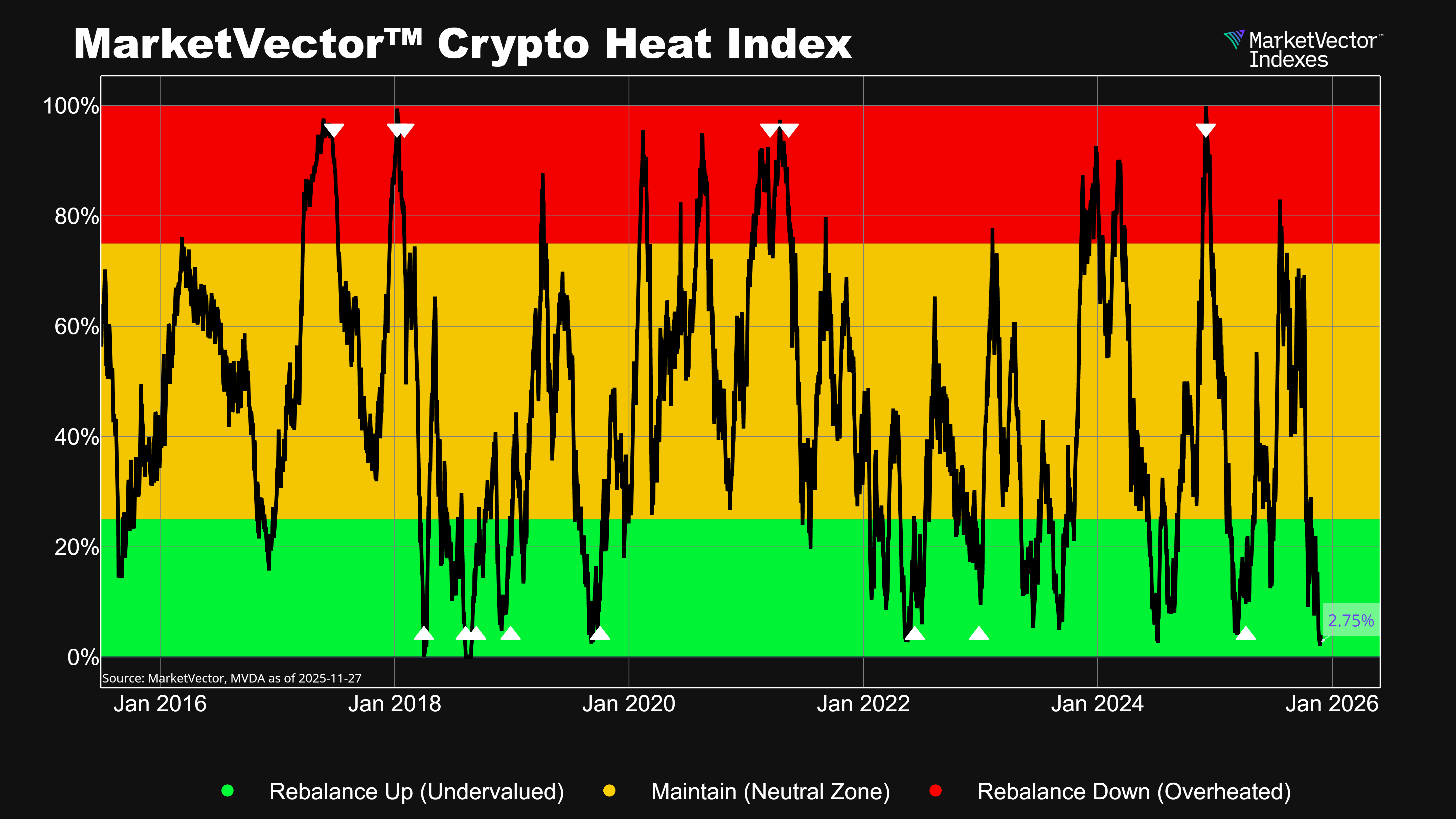The race to embed artificial intelligence in every facet of the economy is triggering an infrastructure super-cycle that extends far beyond GPUs. Industry forecasters estimate that hyperscalers and utilities will pour trillions of dollars of capital expenditure into the physical backbone of AI, from advanced semiconductors to next-generation power plants.
U.S. data-center electricity demand alone is expected to quadruple by 2030, forcing a rethink of how energy is generated, stored and delivered.
Policy momentum is expediating the cycle: the newly enacted One Big Beautiful Bill Act could de-bottleneck data center build-out through tax and funding incentives.
Looking past the headline capex, the fundamental picture is just as compelling. EBITDA and net income margins are projected to expand over the coming years, with return on equity expected to grow from 8% in 2025 to nearly 15% by 2027.
Capturing the Full-Stack Opportunity with the MVAIPO Index
To give investors targeted exposure to this thematic, MarketVector launched the U.S.-Listed AI & Power Infrastructure Index (MVAIPO). The benchmark screens for companies that derive at least half their revenue from four investable sub-themes and weights them by float-adjusted market cap:
· 50% weight in nuclear, power-production and grid-equipment makers
· 15% weight in electric grid engineering & construction specialists
· 15% weight in electric utilities and power producers
· 20% weight in AI-focused chip designers and data-center operators
This structure reflects the facets required to keep generative-AI models online. On the silicon front, fabless leaders such as NVIDIA supply the accelerators that drive compute-hungry workloads. Yet those chips are useless without hyperscale data centers, and the megawatts of reliable electricity they consume.
MVAIPO offers a concise way to approach investing in AI infrastructure what may be the most capital-intensive upgrade cycle since rural electrification, one where the winners will be the companies that deliver the power, pipes and processors powering the AI era.
About the author:
Jesse Nacht is an Index Research Associate at MarketVector IndexesTM (“MarketVector”). His core responsibilities include index development and design. He has an MA in International Economics and Finance from the International Business School at Brandeis University.
For informational and advertisin purposes only. The views and opinions expressed are those of the authors but not necessarily those of MarketVector Indexes GmbH. Opinions are current as of the publication date and are subject to change with market conditions. Certain statements contained herein may constitute projections, forecasts, and other forward-looking statements that do not reflect actual results. It is not possible to invest directly in an index. Exposure to an asset class represented by an index is available through investable instruments based on that index. MarketVector Indexes GmbH does not sponsor, endorse, sell, promote, or manage any investment fund or other investment vehicle that is offered by third parties and that seeks to provide an investment return based on the performance of any index. The inclusion of a security within an index is not a recommendation by MarketVector Indexes GmbH to buy, sell, or hold such security, nor is it considered to be investment advice.
Get the latest news & insights from MarketVector
Get the newsletterRelated:




